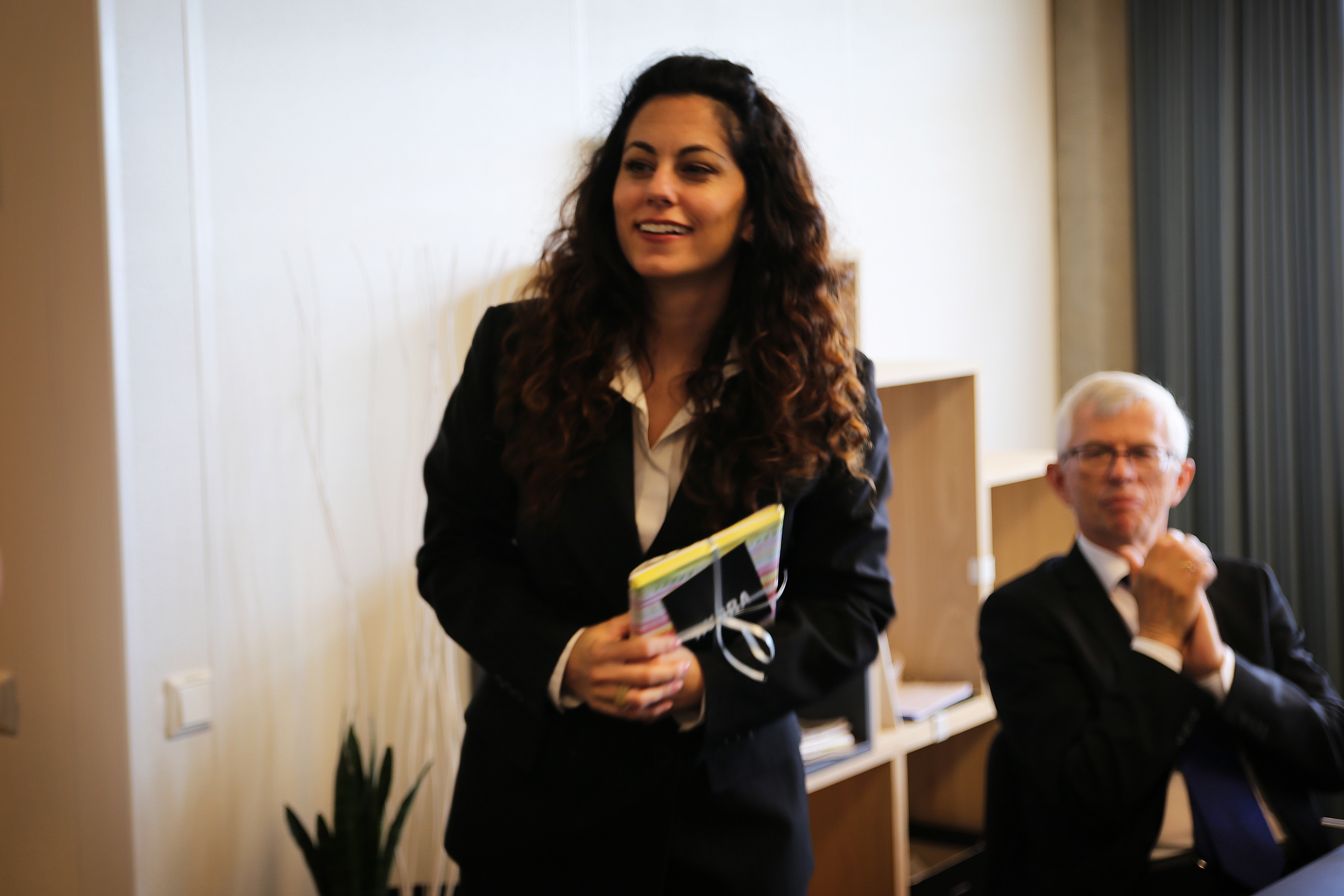On June 6th, Laura Borromeo defended her dissertation. Her thesis evaluates if Raman spectroscopy could be applied to enhanced oil recovery investigations.

Raman spectroscopy uses a laser beam to analyse and determine the nature of any substance. This is a non-destructive method used in a variety of sciences, like geology, mineralogy, archaeology even forensic science.
Borromeo investigated the change in mineralogy that occurs after flooding experiments in the laboratory at UiS to enhance oil recovery in chalk. Changes in the mineral composition of a rock may affect porosity and permeability of a reservoir, which in turn may change the compaction of rocks.
Key issues
These are key issues for the petroleum industry and of importance for the environmental impact of hydrocarbon recovery. The research study presented by Ms Borromeo has been novel to EOR experiments and was divided in investigations on micron- and nanoscale.
The study could result in a new methodological approach to carbonates, and Raman spectroscopy as a tool to determine magnesium content in carbonates.
Further, the research proved the method quick, easy, effective and economic, so ideal for industrial and academic applications.
Pioneering research
Finally, the use of so-called TERS (Tip Enhanced Raman Spectroscopy) methodology was pioneering. This is a new frontier research tool combining Raman Spectroscopy with Atomic Force Microscopy to allow researchers to collect at nanoscale mineralogical and visual data at a resolution of few nanometres.
The overall value of the thesis is the combination of attractive applicability for industry together with state-of-the-art science, a rather rare process during a doctoral thesis.
Laura Borromeo is 31 years old, from Milan, Italy. She has a masters degree from University of Milano.
Her doctoral work took place at The National IOR Centre of Norway, under supervision of professor Udo Zimmerman.